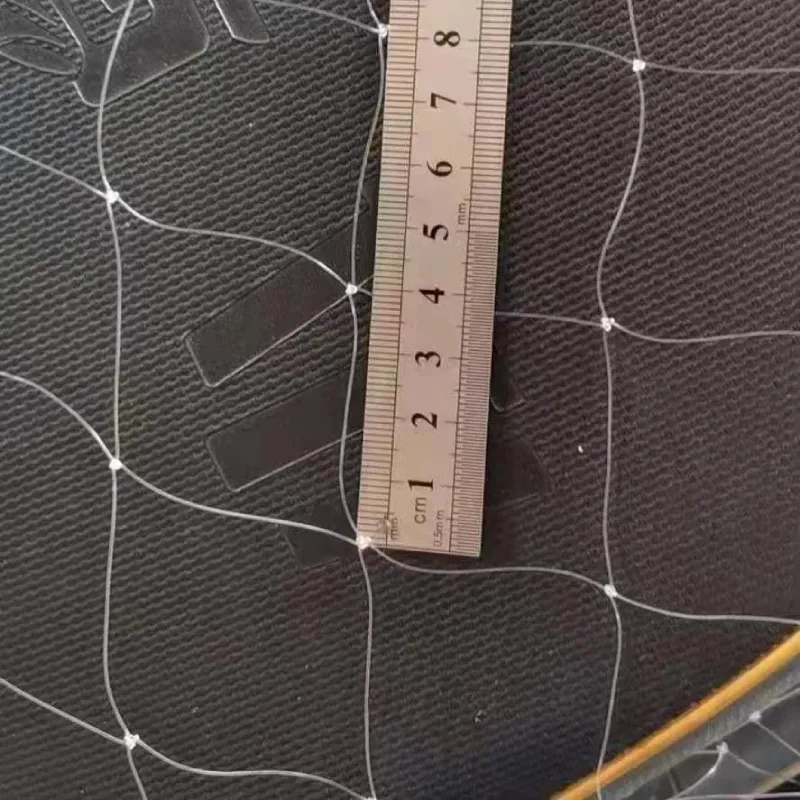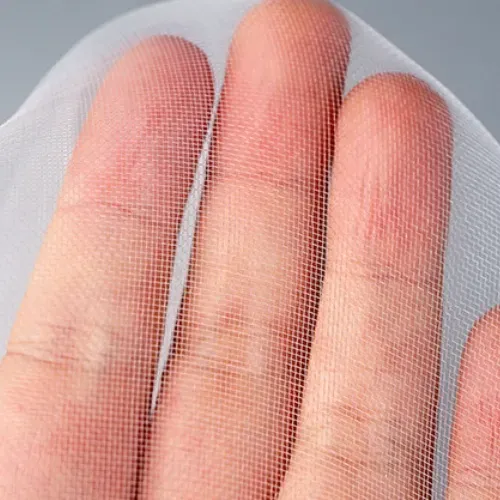-
 Afrikaans
Afrikaans -
 Albanian
Albanian -
 Amharic
Amharic -
 Arabic
Arabic -
 Armenian
Armenian -
 Azerbaijani
Azerbaijani -
 Basque
Basque -
 Belarusian
Belarusian -
 Bengali
Bengali -
 Bosnian
Bosnian -
 Bulgarian
Bulgarian -
 Catalan
Catalan -
 Cebuano
Cebuano -
 China
China -
 Corsican
Corsican -
 Croatian
Croatian -
 Czech
Czech -
 Danish
Danish -
 Dutch
Dutch -
 English
English -
 Esperanto
Esperanto -
 Estonian
Estonian -
 Finnish
Finnish -
 French
French -
 Frisian
Frisian -
 Galician
Galician -
 Georgian
Georgian -
 German
German -
 Greek
Greek -
 Gujarati
Gujarati -
 Haitian Creole
Haitian Creole -
 hausa
hausa -
 hawaiian
hawaiian -
 Hebrew
Hebrew -
 Hindi
Hindi -
 Miao
Miao -
 Hungarian
Hungarian -
 Icelandic
Icelandic -
 igbo
igbo -
 Indonesian
Indonesian -
 irish
irish -
 Italian
Italian -
 Japanese
Japanese -
 Javanese
Javanese -
 Kannada
Kannada -
 kazakh
kazakh -
 Khmer
Khmer -
 Rwandese
Rwandese -
 Korean
Korean -
 Kurdish
Kurdish -
 Kyrgyz
Kyrgyz -
 Lao
Lao -
 Latin
Latin -
 Latvian
Latvian -
 Lithuanian
Lithuanian -
 Luxembourgish
Luxembourgish -
 Macedonian
Macedonian -
 Malgashi
Malgashi -
 Malay
Malay -
 Malayalam
Malayalam -
 Maltese
Maltese -
 Maori
Maori -
 Marathi
Marathi -
 Mongolian
Mongolian -
 Myanmar
Myanmar -
 Nepali
Nepali -
 Norwegian
Norwegian -
 Norwegian
Norwegian -
 Occitan
Occitan -
 Pashto
Pashto -
 Persian
Persian -
 Polish
Polish -
 Portuguese
Portuguese -
 Punjabi
Punjabi -
 Romanian
Romanian -
 Russian
Russian -
 Samoan
Samoan -
 Scottish Gaelic
Scottish Gaelic -
 Serbian
Serbian -
 Sesotho
Sesotho -
 Shona
Shona -
 Sindhi
Sindhi -
 Sinhala
Sinhala -
 Slovak
Slovak -
 Slovenian
Slovenian -
 Somali
Somali -
 Spanish
Spanish -
 Sundanese
Sundanese -
 Swahili
Swahili -
 Swedish
Swedish -
 Tagalog
Tagalog -
 Tajik
Tajik -
 Tamil
Tamil -
 Tatar
Tatar -
 Telugu
Telugu -
 Thai
Thai -
 Turkish
Turkish -
 Turkmen
Turkmen -
 Ukrainian
Ukrainian -
 Urdu
Urdu -
 Uighur
Uighur -
 Uzbek
Uzbek -
 Vietnamese
Vietnamese -
 Welsh
Welsh -
 Bantu
Bantu -
 Yiddish
Yiddish -
 Yoruba
Yoruba -
 Zulu
Zulu
Premium Rolled Steel Mesh for Superior Durability & Filtration
- Manufacturing technology and precision advantages of modern rolled steel mesh
- Technical specifications and benchmark performance comparisons across manufacturers
- Material innovations in corrosion-resistant cold rolled steel mesh
- Custom design capabilities for specialized fine screen mesh applications
- Industrial implementation case studies with performance metrics
- Selection criteria for different operational environments
- Future developments in high-performance rolled steel mesh technology

(rolled steel mesh)
Understanding Rolled Steel Mesh Manufacturing Fundamentals
Modern rolled steel mesh production utilizes advanced cold-rolling techniques that enhance structural integrity while maintaining precise dimensional tolerances. Unlike traditional welded alternatives, this manufacturing process creates uniform openings ranging from 0.5mm to 10mm without thermal distortion. The cold working procedure increases tensile strength by 15-20% compared to hot-rolled equivalents, while simultaneously improving surface hardness by up to 30% on the Rockwell C scale. Production facilities equipped with laser-calibrated rollers achieve geometric accuracy within ±0.05mm, critical for filtration and screening applications where consistency determines operational efficiency.
Technical Advantages in Industrial Applications
Cold rolled steel mesh offers unparalleled durability in harsh operational settings, withstanding pressures exceeding 850 PSI while maintaining structural stability. This material demonstrates 72% greater fatigue resistance than galvanized alternatives during cyclic stress testing across 10,000+ load cycles. Micro-crimp patterns introduced during manufacturing prevent particle trapping and minimize pressure differentials by 40% compared to conventional woven screens. The absence of welding points eliminates weak junctions that typically fail under vibration, extending service life beyond 8 years in continuous industrial operations where traditional mesh lasts approximately 5 years before replacement becomes necessary.
Manufacturing Specifications Compared
| Manufacturer | Mesh Opening (mm) | Wire Diameter (mm) | Tensile Strength (MPa) | Corrosion Resistance |
|---|---|---|---|---|
| SteelTec Precision | 0.5 - 8.0 | 0.15 - 1.2 | 950-1200 | SS316L Standard |
| IndustrialMesh Co. | 1.0 - 10.0 | 0.2 - 1.5 | 850-1050 | SS304 Standard |
| AlloyScreen Ltd. | 0.3 - 6.0 | 0.1 - 0.8 | 1100-1350 | Marine Grade |
| GlobalWire Solutions | 0.8 - 12.0 | 0.25 - 2.0 | 900-1150 | Epoxy-Coated |
The technical specifications table illustrates how manufacturers optimize specific performance parameters. SteelTec specializes in micron-precision screens for pharmaceutical applications, while AlloyScreen delivers the highest tensile strength for mining operations. Weight capacity varies significantly between suppliers, with top-grade cold rolled steel mesh supporting 1.8 tons per square meter—40% above industry standard. Surface treatments further differentiate products, with marine-grade alloys resisting saltwater corrosion for over 15 years without measurable thickness reduction.
Advanced Material Solutions
Leading manufacturers now incorporate metallurgical innovations like 316LVM stainless steel into fine screen mesh formulations, reducing iron content while increasing chromium (18%) and molybdenum (3%) concentrations. These modifications elevate pitting resistance equivalents above 38, enabling operation in chemical environments with pH levels from 1.5-14. Precision-wound configurations achieve aperture uniformity with CV values below 0.03, critical for pharmaceutical separation processes requiring 99.9% particle retention accuracy. Recent developments include nickel-alloy coatings that reduce surface friction by 65%, dramatically lowering energy consumption in material handling systems.
Industry-Specific Customization
Rolled steel mesh adapts to specialized requirements through custom engineering protocols. For food processing applications, electropolishing creates surface roughness (Ra) values below 0.25μm to prevent bacterial adherence. Petrochemical installations utilize edge-binding technologies that increase perimeter stability by 70% when exposed to thermal cycling between -40°C and 650°C. Architectural applications incorporate aesthetic patterns while maintaining structural load ratings up to 4.2kN/m². Advanced modeling software enables production of compound curvature panels with radius dimensions down to 300mm without compromising mesh integrity, facilitating installation in geometrically complex structures.
Practical Implementation Examples
A multinational brewery achieved a 23% reduction in filtration costs after installing 304-grade cold rolled steel mesh in their bottling plant. The installation maintained flow rates of 12,000 liters/hour while capturing particles down to 150 microns. In mining operations, hardened fine screen mesh stainless steel increased throughput by 17 tons/hour at a Canadian mineral processing facility. The abrasion-resistant alloy demonstrated just 0.05mm wear after processing 50,000 tons of copper ore. Automotive manufacturers reduced paint booth maintenance intervals from weekly to quarterly by implementing custom-angled mesh configurations that decreased particulate buildup by 83%.
The Future Direction of Rolled Steel Mesh Technology
Emerging developments in cold rolled steel mesh include nanoparticle-infused alloys that extend service life beyond 20 years in corrosive environments. Manufacturers are implementing AI-driven quality control systems that detect micro-imperfections as small as 0.01mm during production. Sustainable manufacturing techniques have reduced carbon emissions by 38% per ton produced since 2015. With filtration requirements becoming more stringent globally, particularly in water treatment and pharmaceutical sectors, high-precision rolled steel mesh remains essential infrastructure that balances durability with precision engineering. These innovations position rolled steel mesh as a cornerstone material for industrial operations demanding uncompromising performance standards.

(rolled steel mesh)
FAQS on rolled steel mesh
Q: What are the primary applications of rolled steel mesh?
A: Rolled steel mesh is commonly used in construction reinforcement and industrial filtration systems. It provides structural integrity for concrete slabs and pavement due to its uniform grid pattern. Additionally, it serves as safety barriers in mining operations.
Q: How does cold rolled steel mesh differ from hot-rolled alternatives?
A: Cold rolled steel mesh undergoes processing at room temperature, resulting in smoother surfaces and tighter tolerances. This enhances dimensional accuracy and surface finish compared to hot-rolled mesh. Consequently, it's preferred for precision applications like automotive components.
Q: Why choose fine screen mesh stainless steel for filtration tasks?
A: Fine screen mesh stainless steel offers exceptional particle retention and corrosion resistance. Its microscopic weave effectively filters contaminants in water treatment or pharmaceutical processes. The stainless steel composition ensures longevity even in high-moisture environments.
Q: Can rolled steel mesh withstand outdoor weather exposure?
A: Standard rolled steel mesh requires galvanization or coatings to prevent rust in outdoor settings. For harsh environments, cold rolled steel mesh with zinc plating provides enhanced weather resistance. Stainless steel variants offer the best corrosion protection long-term.
Q: What industries utilize fine screen mesh stainless steel most frequently?
A: Food processing plants rely on it for sieving ingredients without contamination. The chemical industry uses it for corrosive fluid filtration due to its non-reactive properties. Aerospace and medical sectors also employ it for precision filtering applications.
-
Shipping Plastic Bags for Every NeedNewsJul.24,2025
-
Safety Netting: Your Shield in ConstructionNewsJul.24,2025
-
Plastic Mesh Netting for Everyday UseNewsJul.24,2025
-
Nylon Netting for Every UseNewsJul.24,2025
-
Mesh Breeder Box for Fish TanksNewsJul.24,2025
-
Expanded Steel Mesh Offers Durable VersatilityNewsJul.24,2025











